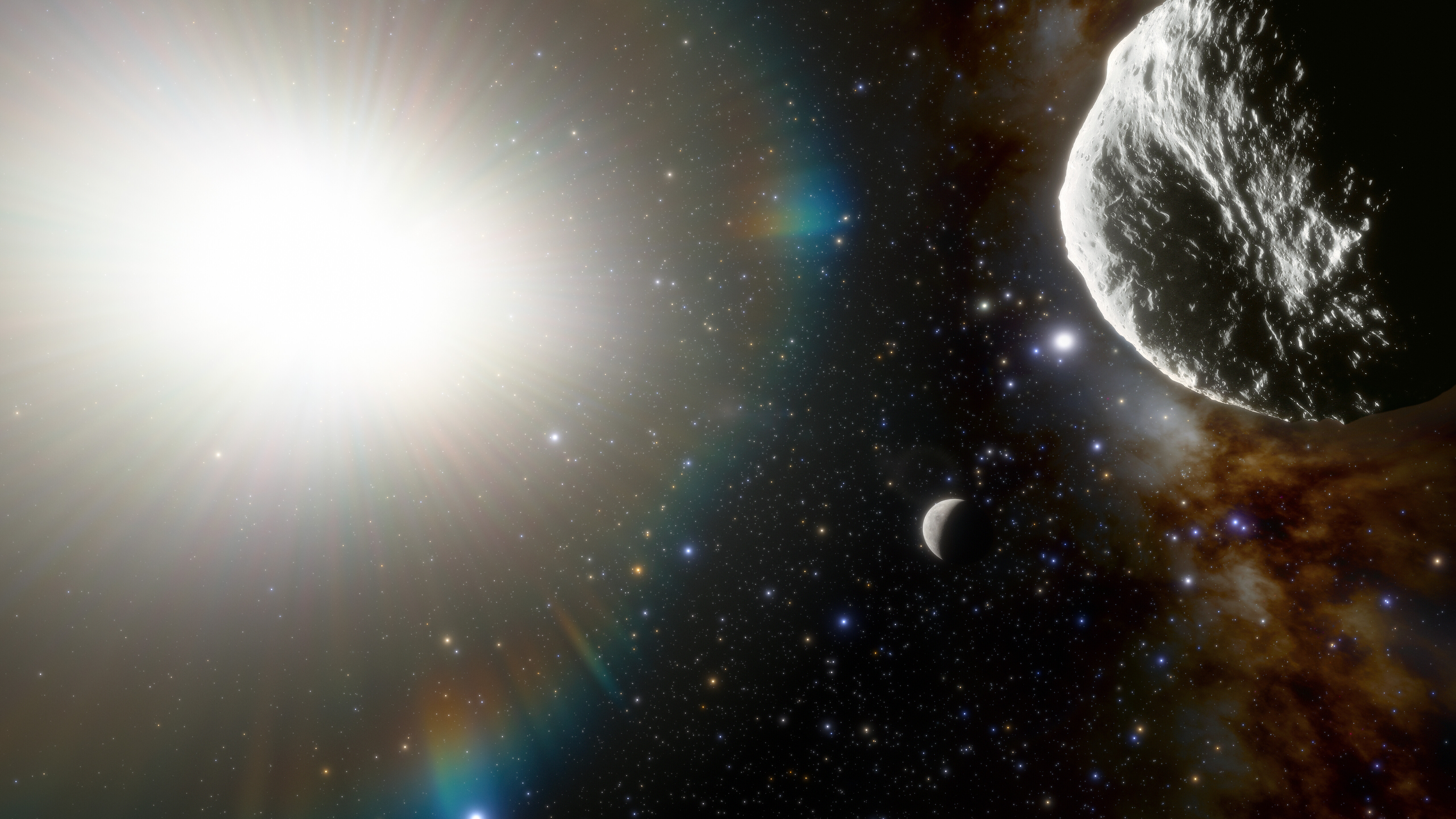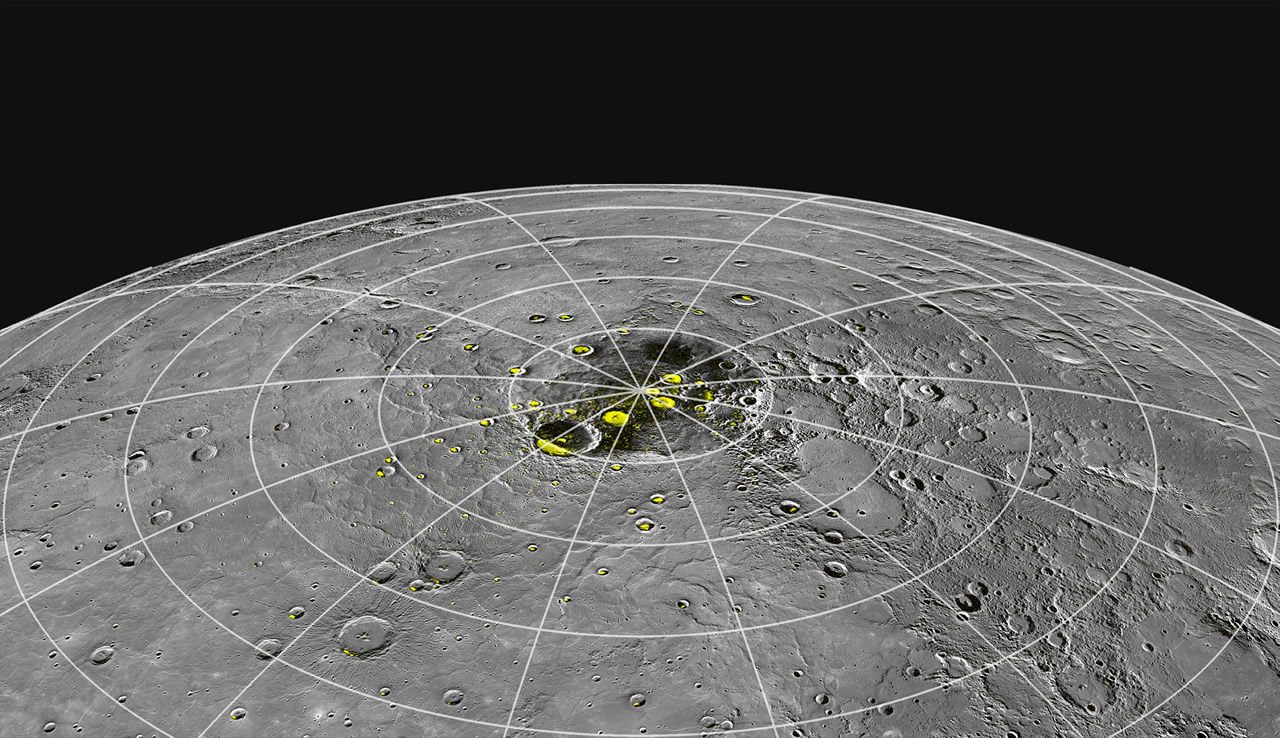In advance of the rare total solar eclipse coming on Monday, April 8, Northern Arizona University astronomer and “eclipse chaser” Cristina Thomas is available for comment. Thomas can share insights on: How solar eclipses work When and where this eclipse…
Tag: Asteroid
New algorithm ensnares its first ‘potentially hazardous’ asteroid
An asteroid discovery algorithm — designed to uncover near-Earth asteroids for the Vera C. Rubin Observatory’s upcoming 10-year survey of the night sky — has identified its first “potentially hazardous” asteroid, a term for space rocks in Earth’s vicinity that scientists like to keep an eye on.
DART section lead available to discuss upcoming asteroid impact experiment
On Sept. 26, the international community will watch as NASA’s latest spacecraft collides with an asteroid in an attempt to knock it off its orbit. Cristina Thomas, an assistant professor of astronomy and planetary sciences at Northern Arizona University and lead of…
study provides new insights about surface, structure of asteroid Bennu
When NASA’s OSIRIS-REx spacecraft collected samples from asteroid Bennu’s surface in 2020, forces measured during the interaction provided scientists with a direct test of the poorly understood near-subsurface physical properties of rubble-pile asteroids. Now, a Southwest Research Institute-led study has characterized the layer just below the asteroid’s surface as composed of weakly bound rock fragments containing twice the void space as the overall asteroid.

Fastest Orbiting Asteroid Discovered at NOIRLab’s CTIO
Using the powerful 570-megapixel Dark Energy Camera (DECam) in Chile, astronomers just ten days ago discovered an asteroid with the shortest orbital period of any known asteroid in the Solar System.
Interstellar Comets Like Borisov May Not be All That Rare
Astronomers calculate that the Oort Cloud may be home to more visiting objects than objects that belong to our solar system.

Ancient micrometeoroids carried specks of stardust, water to asteroid 4 Vesta
Researchers at Washington University in St. Louis are the first to study presolar materials that landed on a planet-like body. Their findings may help solve the mystery: where did all the water on Earth come from?

Mercury’s 400 C Heat May Help It Make Its Own Ice
Despite Mercury’s 400 C daytime heat, there is ice at its caps, and now a study shows how that Vulcan scorch probably helps the planet closest to the sun make some of that ice.
ASU-led NASA Psyche mission offers free online course on team building from leadership experts
The new Psyche Mission Innovation Toolkit online course is designed to help learners understand the unique challenges of a diverse team and provides tools to help address these challenges and take actions to be more successful in working with others. Image by ASU Continuing and Professional Education